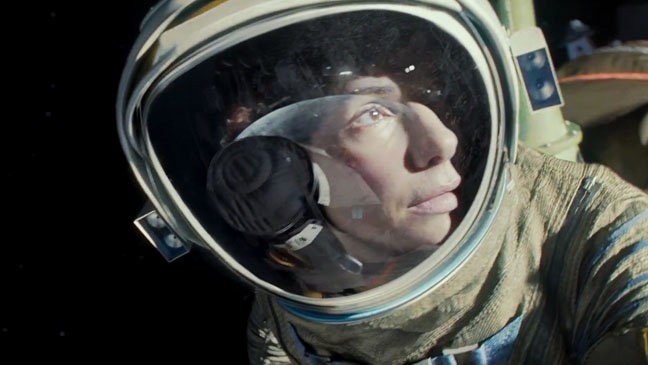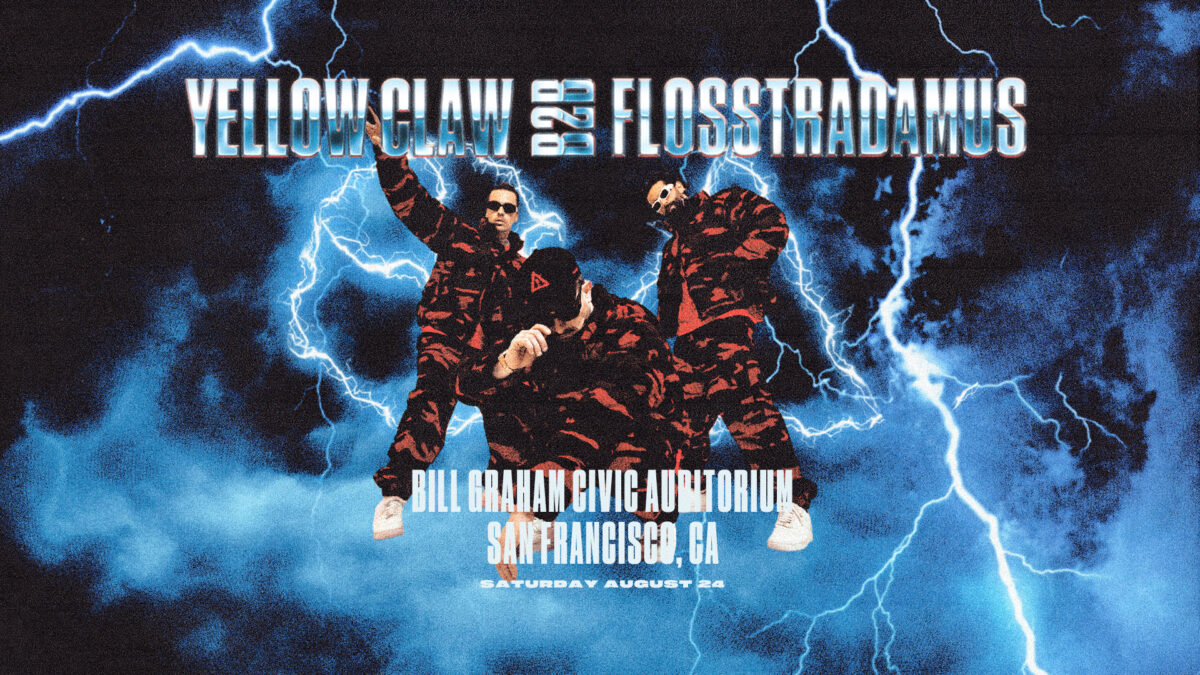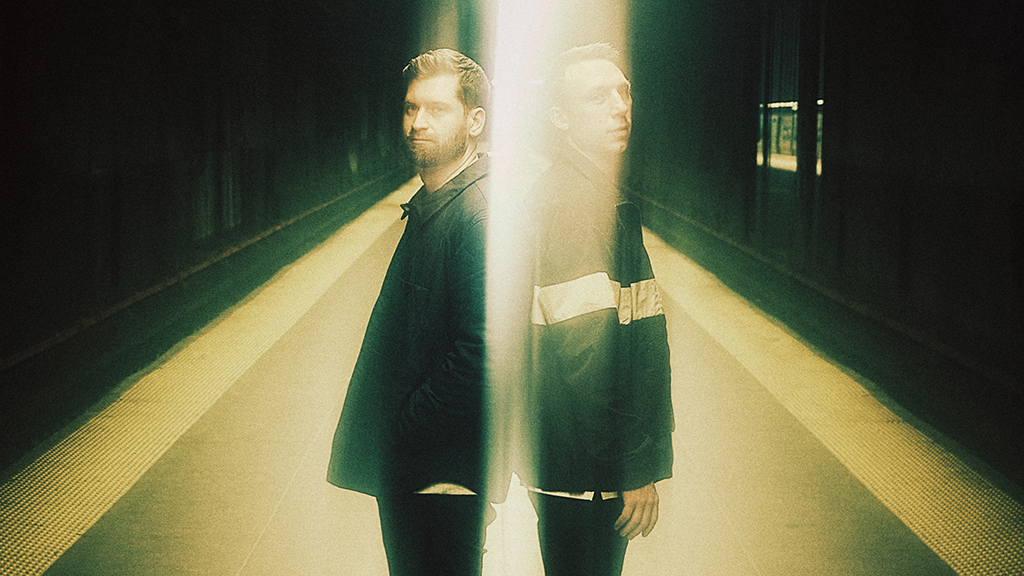Movie Review: Sandra Bullock Becomes Untethered In ‘Gravity’

Alfonso Cuarón’s follow up to his 2006 classic Children of Men wasn’t supposed to take this long. Conceived as a short project after another fell apart, Gravity was supposed to be a simple story of a woman lost in space that would be a quick stepping stone to whatever came next for the director. But to viewers, it’s breathtaking visuals makes it obvious that this is no small movie but rather one with a simple conceit that uses the opportunity to mine the depths of the nature of humanity. Oh, and it takes place entirely in space.
The most immediate aspect — and the one that will forever dominate the conversation — is the film’s visual technique. How Cuarón thought it would be a quick story to film is sort of baffling. From a writing standpoint, it’s the straightforward story of novice astronaut Dr. Ryan Stone (Sandra Bullock) whose ship is destroyed by debris mid-spacewalk and, with the aid of resident astronaut Mike Kowalski (George Clooney), has to find her way back home to Earth. To have a film that takes place entirely in space is probably going to be just a bit complicated.
However long it took, it’s well worth the wait. A stunning visual achievement, it succeeds where most visually stunning films fail — with story and character. Special effects can only take a film so far — after all it’s a storytelling medium. Cuarón and cinematographer Emmanuel Lubezki proved with Children of Men that they had the visual chops, but they always took a backseat to, and served, the story. Again, Gravity’s crowning achievement is it’s story about a lone woman untethered in space and how she deals with the crisis, both on a realistic level of surviving but more importantly, on an existential one. Her initial, obvious, reaction is to save herself and find a way back to Earth. After all, self-preservation is human nature. But as the hope for being saved begins to dwindle, and the possibility of death comes more into focus, Stone begins to wonder about who would mourn her dead body floating somewhere in the ether. Soon, her external struggle to survive clashes with her internal one, which is to question the “why” of surviving. Will she be remembered? Who is she surviving for? Is it just for herself? These are just some of the questions that begin to flash across her mind, and the viewer’s mind, as she continuously comes up against roadblocks in her path to being rescued.
Co-written with Cuarón’s son Jonás Cuarón, the deceptive simplicity of the story and outer space setting is sure to be dogged by perpetual comparisons to 2001: A Space Odyssey. Gravity is definitely a more straight forward film than the Stanley Kubrick masterpiece, but it does occupy a similar existential space that meditates on the question of human existence. Unlike the Kubrick film, it’s also a lean thriller — clocking in at 90 minutes — that grabs the audience and doesn’t let go. It’s arresting setting is only a backdrop for the story of a woman who can see death over her shoulder, questions her existence, and, ultimately, must make a choice between life and death. Cuarón proves that visual effects can only take a film so far. The ingredients for a cinematic masterpiece are the same as they’ve always been. Cuarón has just upped the ante.
Rating: 5 out of 5







